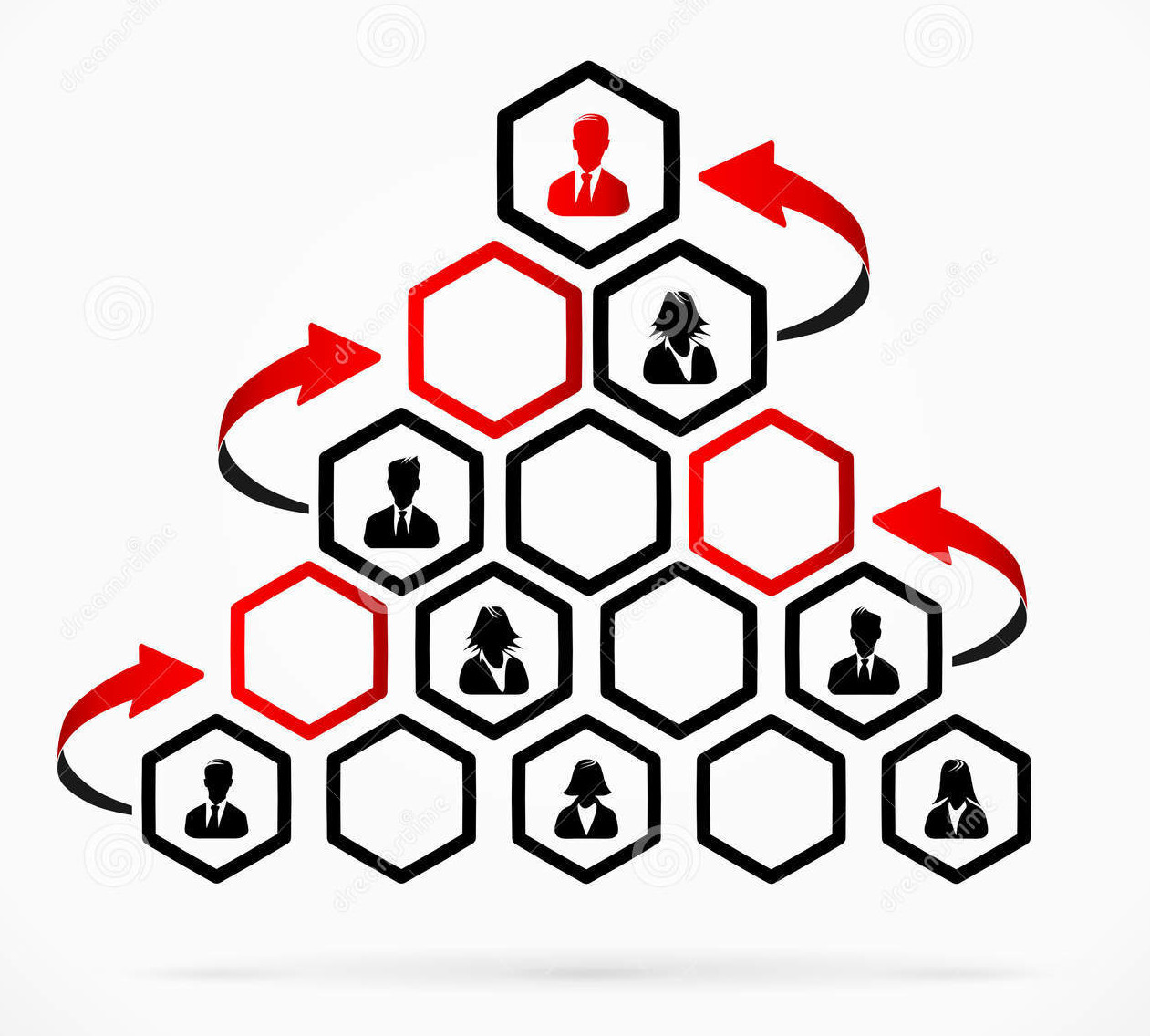
 Why is the process of finding a leader–whether to backfill someone or to fill a new role–often treated as an isolated event rather than an ongoing process? With the cost per hire only rising, why do so few organizations have a process for identifying and cultivating leaders within their existing talent pool?
Why is the process of finding a leader–whether to backfill someone or to fill a new role–often treated as an isolated event rather than an ongoing process? With the cost per hire only rising, why do so few organizations have a process for identifying and cultivating leaders within their existing talent pool?
Neil Nicoll, President and CEO of YMCA, warned us in Finding Leaders for America’s Nonprofits: Commentaries that, “Until [we] become much more intentional about development of internal talent, we are doomed to an ever-growing leadership deficit.” That was three years ago.
Companies need to change the way they are sourcing leadership talent. Rather than look outward when a leader is needed, they should instead continuously look inward to identify candidates with leadership aptitude and invest in honing their skills with development programs.
Regardless of whether you ultimately hire leaders from within, simply having a leadership development program yields important benefits for any organization. Here are reasons to do it:
Leadership Programs Boost Employee Engagement
A study conducted by ACCOR found that although 90% of leaders say employee engagement impacts business success, 75% have no engagement plan or strategy. To that end, development programs give employees the opportunity to strive toward something more meaningful and valuable than their day-to-day work. And that makes them happy.
Leadership development is serious stuff. It takes time and dedication to make it work. If you’re going to adopt an official leadership development program, be sure to first identify your goals for the program.
Leadership Programs Increase Employee Performance
It’s hard to deny a linkage between development and performance. As John Robak, Executive Vice President and Chief Operating Officer at Greeley and Hansen, attests, “Those individuals in our organization who are inspired tend to outperform. That’s because the more well-rounded you are, the better you’re able to perform.”
Makes sense, right? The companies outperforming you certainly think so. In fact, the highest performing organizations spend 36% more on development than their less successful counterparts. And the organizations that are doing this effectively understand what their future needs are going to be, and understand how to engage their potentials and give them the opportunity to develop the skills that they need to succeed in the operation.
Leadership Programs Improve Retention Rates
Many organizations see investments in employee development–leadership development, in particular–as a gamble. If the employee leaves, those investments walk out the door and potentially into the hands of a competitor. For those who cite turnover as a reason not to invest in developing employees, though, the truth is that leadership development and opportunities are actually a leading retention strategy.
“Gen Y tends to be more fluid and move more frequently, which can be intimidating for employers worried about turnover. We see the exact opposite,” says Robak.
Don’t get me wrong–turnover is a valid concern, but if you’re hemorrhaging top performers, it’s rarely because you’ve invested too much in developing them.
Transparency is King in Leadership Development
As Roback points out, “In the absence of feedback, people tend to create their own.” Whatever decision is made–whether it’s a promotion from within or an external hire, it’s critical to communicate the why. Robak goes on to say that, “We don’t just want our message to be heard–we want to ensure it’s received.” Otherwise, all of your best intentions are for naught.
What successes have you had in developing leaders internally? What challenges is your organization faced with when developing a pool of leadership candidates?











4 comments
Morag Barrett
at 7:57 am
Jesse
A great post and I agree with your comments that leadership development is critical. Especially in the tough times when it can provide not just a great retention strategy but the different skills and confidence to execute and successfully navigate a turbulent economy.
The clients we support are all looking to increase the capabilities and confidence of their internal leaders with high impact leadership programs. I will challenge your comment of “simply having a leadership development program yields important benefits for any organization”, while this may be true,a little care and attention can greatly increase the programs impact and the benefits for the organization and leaders attending.
Our experience has shown that an ‘off the shelf’ solution rarely achieves the results required and pride ourselves in creating bespoke programs that reflect the specific needs / culture / jargon of our client organizations. Our programs are in a continuous state of improvement and as a result our clients report a greater relevance and application of skills in the workplace.
If your leadership program has been in existence for a while then I would encourage a review of content and structure. Are their issues you are facing now that need to be incorporated? What skills / challenges do you anticipate facing in the next 12-18months that should be developed now?
Does the delivery provide the flexibility and access required? Most of our programs include a face-to-face workshop, highly interactive as we strongly believe that to effectively learn PEOPLE skills you have to attend with and learn from your peers, real PEOPLE. However telephone conference, webex, virtual learning, self study are also important elements that can be used to strengthen and reinforce a leadership program.
Pingback: Leadership Development | Skye Associates
Pingback: » All for One: Fostering a Passionate Workforce
Pingback: » Leadership Development and Succession Planning: Two Sides of the Same Coin